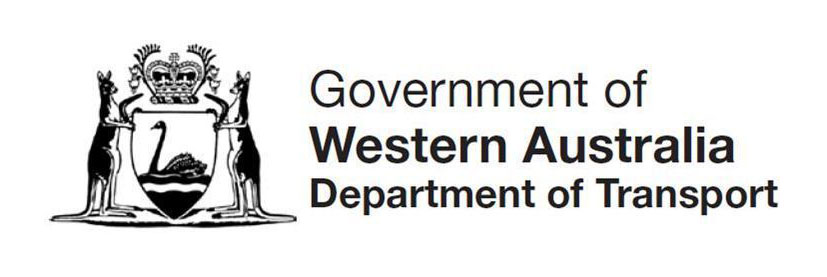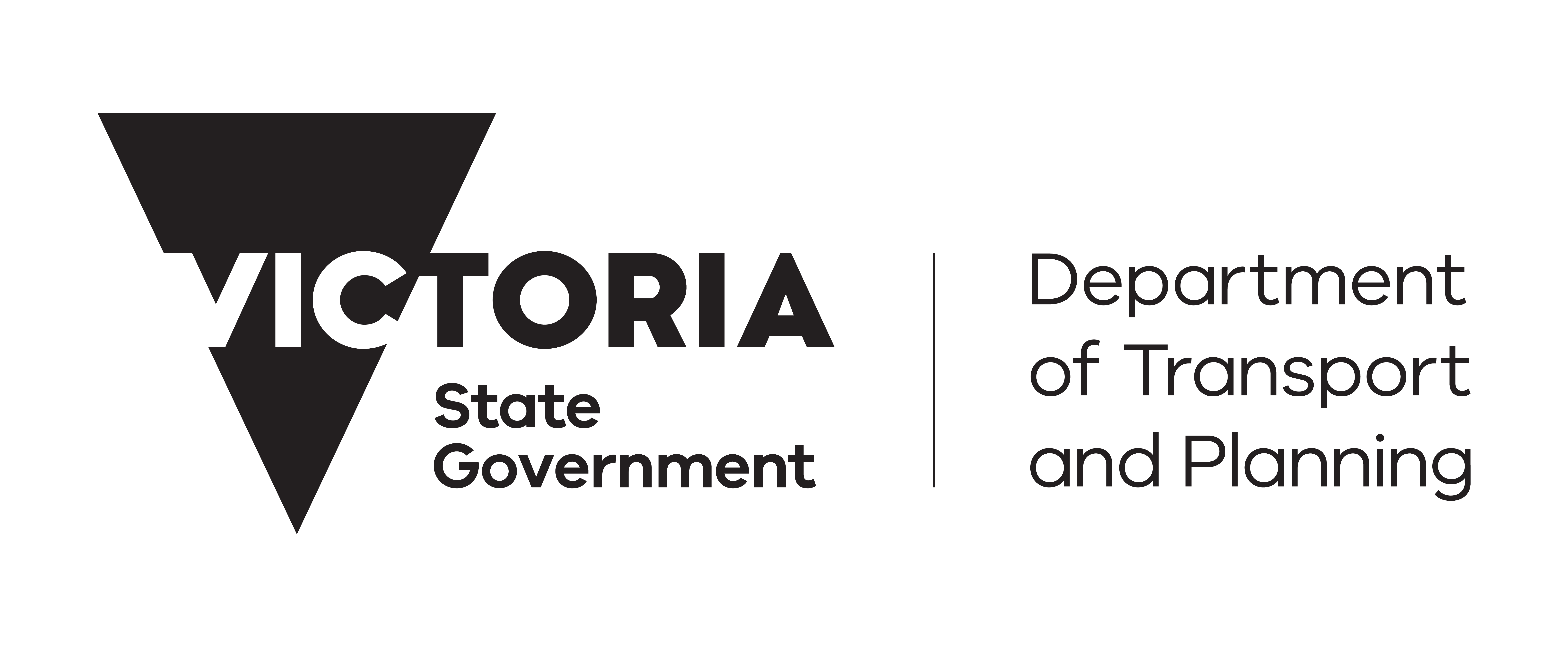Community Transport - NSW Data Visualisations
Community Transport of the Future
Following the research project on the Future of Community Transport and leveraging data collected by Transport for NSW - ITS Australia and UTS have partnered with Ito World a UK based transport data specialist to visualised a range of scenarios exploring Community Transport patterns during the early stages of COVID 19
In this section
Scenario 1 - trip length and duration
Community transport provides a vital service to people in our cities and rural and regional areas - this visualisation explores trips supported by government funding from July 2018 to July 2021 with data provided by Transport for NSW.
Scenario 2 - Trips specifically for medical purposes
This data visualises specific trip types for medical purposes - healthcare is a critical need and transport access can be a major challenge - Community Transport can offer services to GPs, or specialist medical appointments. This visualisation also projects data from Transport for NSW from July 2018 - July 2021
Scenario 2 - Visualising 'Deadrunning'
What is deadrunning? When a vehicle is driving without passengers this can add to costs and reduce utility of the Community Transport fleet. This data visualisation tracks the number of kilometres where the vehicle is travelling without a customer.
Community Transport Research - Problem Statement
Transport disadvantage can be the result of many complex geographical, social, economic, cultural, built environment and other factors – but essentially refers to difficulties associated with accessing transport. It is typically due to a combination of:
- poor access to fixed public transport infrastructure and services
- lower frequency services
- challenges accessing services for mobility
- affordability or other reasons
- high car dependence and costs of car travel
- the need to travel further distances to access jobs and services
Specific subgroups of the population (e.g. families with young children, people with a disability, Indigenous Australians and vulnerable lower-income groups), as well as by those living in specific geographical areas (e.g. outer-urban ‘fringe’, inner-regional, and more rural/remote areas of Australia) are most likely to experience transport disadvantage.
Like many developed countries, Australia has a high median age with a relatively large proportion of its population aged 65 and over. With population projections indicating significant growth the profile of the older population is also projected to change. In 2017, 15% of Australians (3.8 million) were aged 65 and over; this proportion is projected to grow steadily over the coming decades.
While transport disadvantage can be a particular challenge for those living in regional and remote areas – where populations may be lower and more dispersed, with fewer services and less infrastructure – it also remains a major challenge in urban areas. The Commonwealth Government’s State of the Environment 2016 report highlighted evidence of transport disadvantage challenges in outer urban areas (see figure below).

Community Transport of the Future - Webinar
Explore






